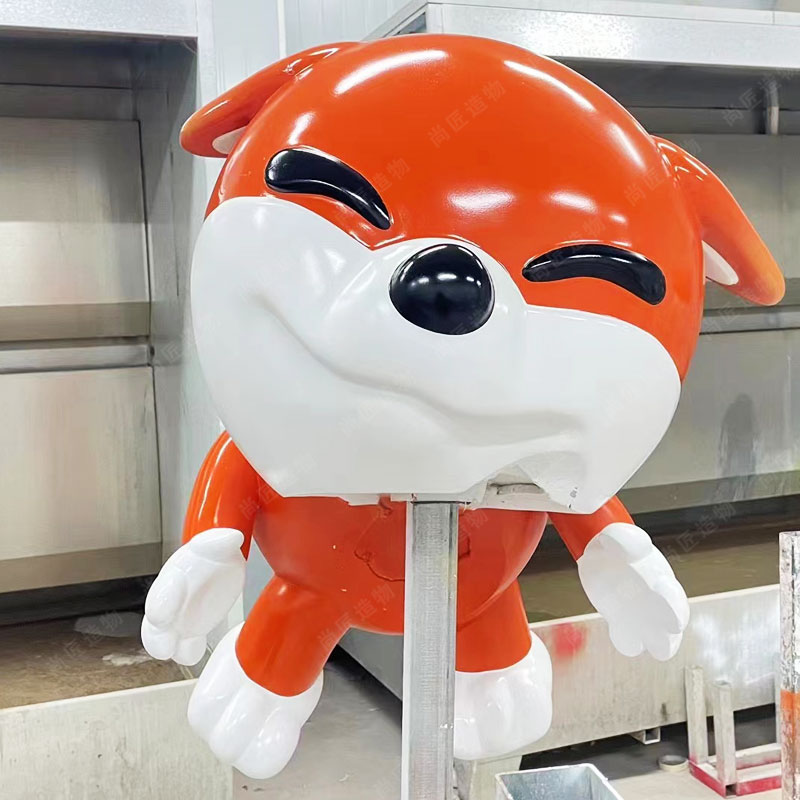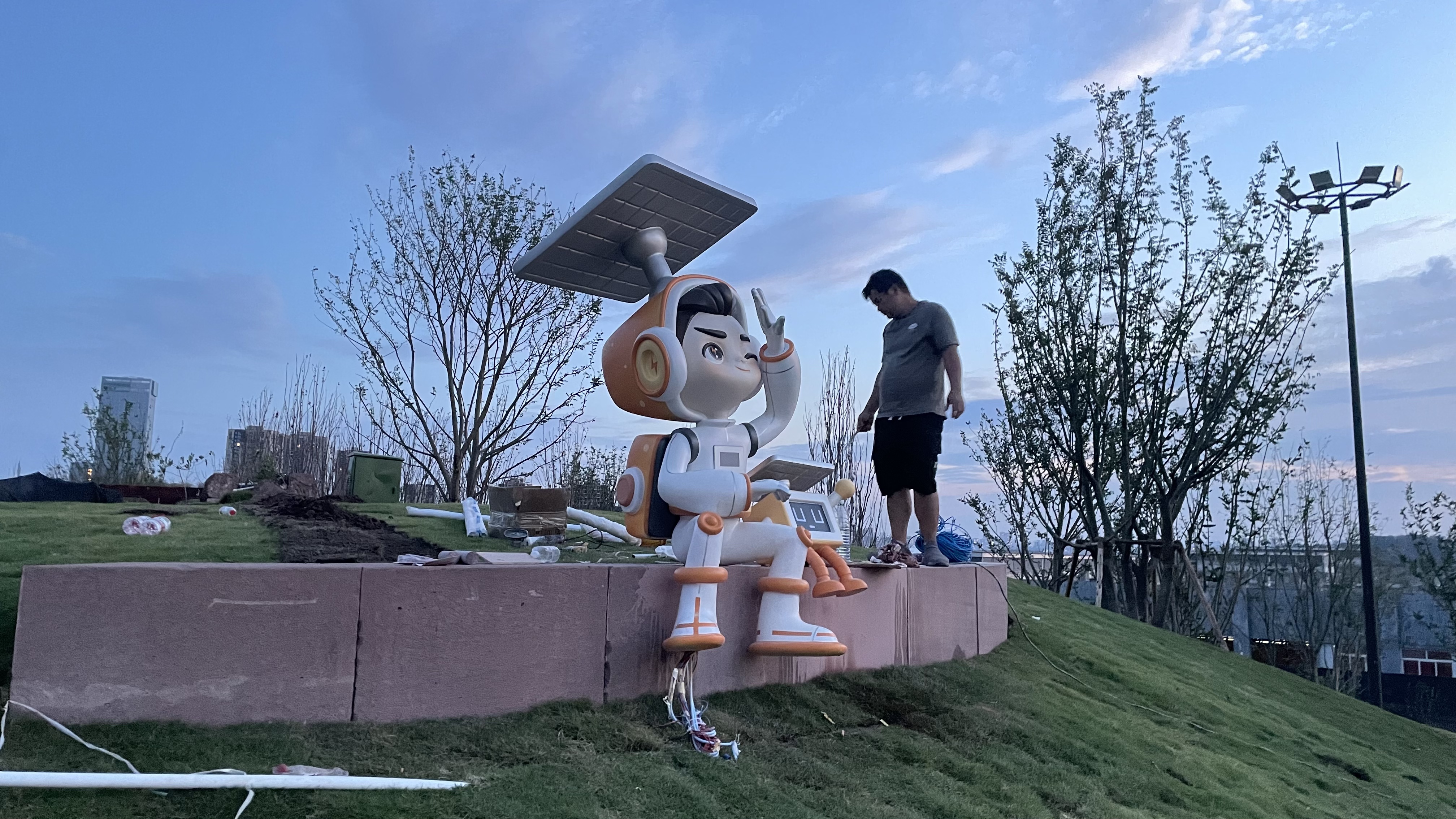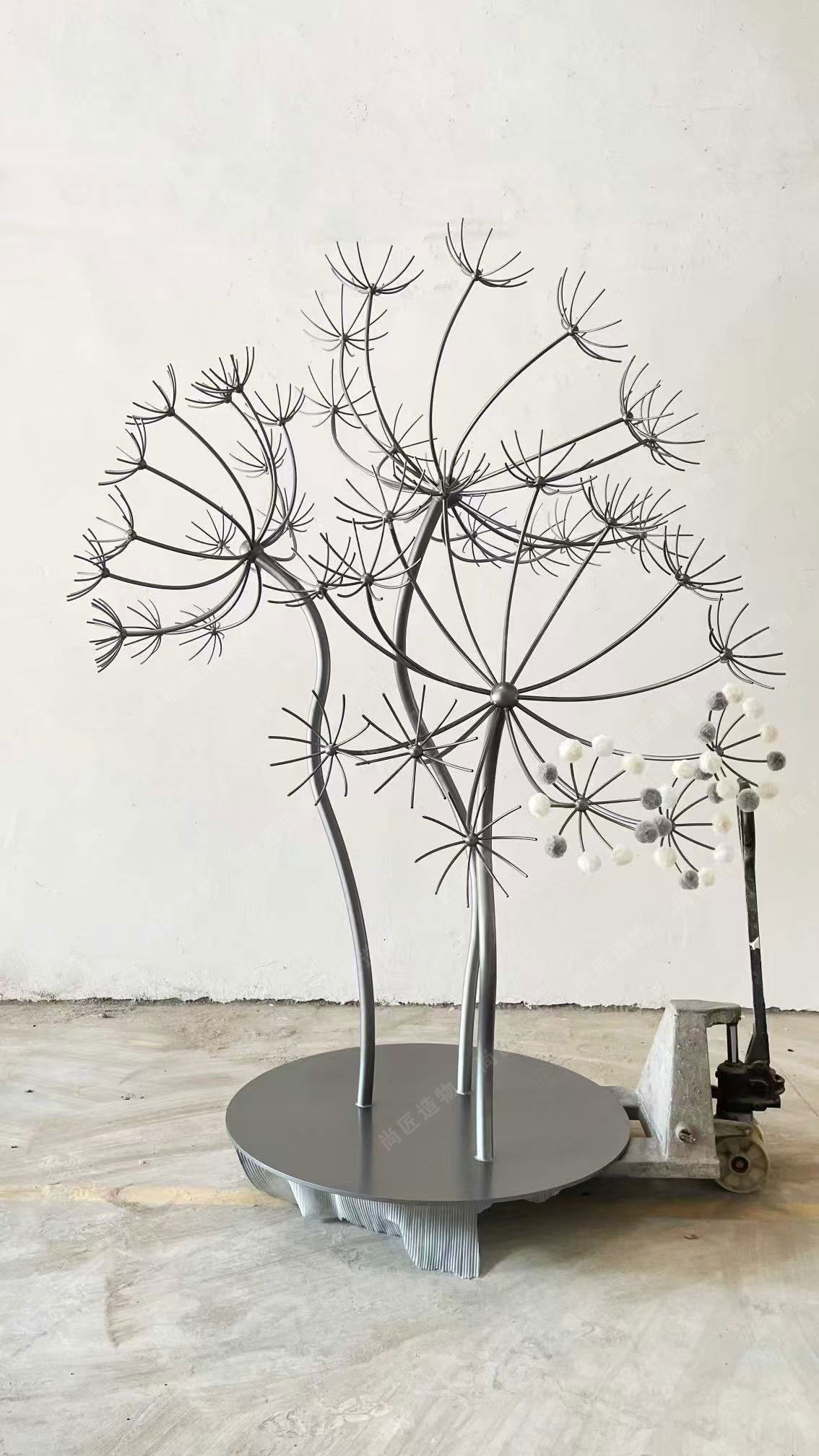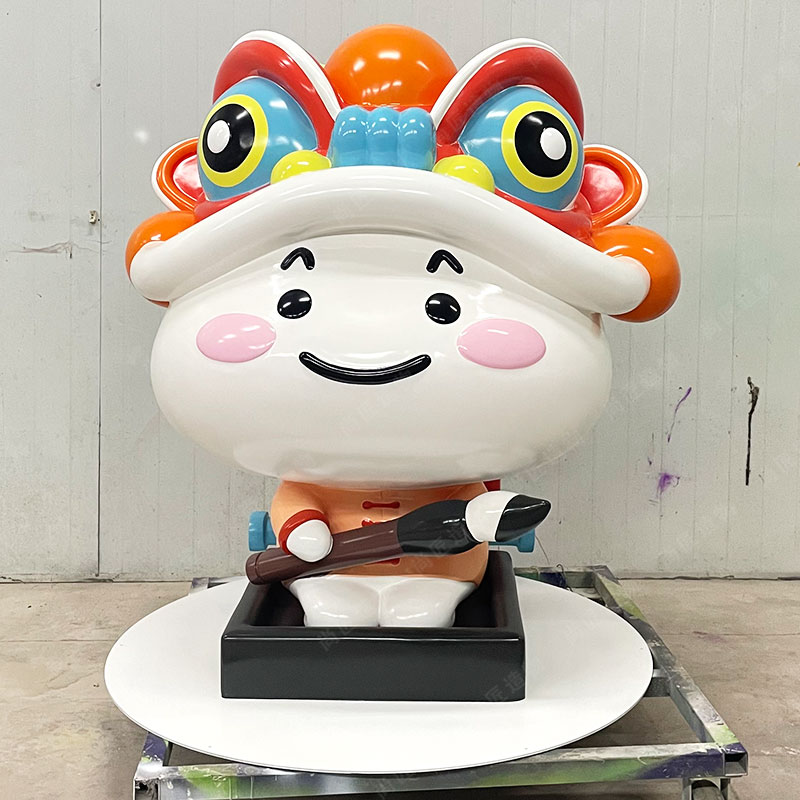Key Takeaways
Mechanized sculpture installations are transforming how brands connect with audiences by merging kinetic mechanics with visual storytelling. These dynamic mascots combine moving parts, automated systems, and interactive elements to create memorable brand experiences. Unlike static sculptures, mechanized designs use gears, motors, or hydraulics to evoke emotions—whether through whimsical motions or dramatic gestures—while reinforcing corporate identity.
| Feature | Traditional Mascots | Mechanized Mascots |
|---|---|---|
| Movement | Static or manual adjustments | Automated, programmable motions |
| Audience Engagement | Visual appeal only | Multi-sensory interactions |
| Technology | Minimal mechanical complexity | Integrated sensors/actuators |
For instance, a retail brand might deploy a mascot with rotating limbs to showcase products, while a tech company could use synchronized LED lighting and motion patterns to symbolize innovation. Steampunk aesthetics—exposed gears, brass finishes—add nostalgic charm, contrasting with sleek, modern designs. As kinetic art evolves, these installations are becoming central to experiential marketing strategies, offering brands a tangible way to demonstrate values like creativity or precision. Future advancements may include AI-driven responsiveness, enabling mascots to adapt movements based on real-time audience reactions.

Kinetic Brand Mascots in Modern Art
Kinetic brand mascots represent a fusion of artistic expression and mechanical engineering, transforming static corporate symbols into dynamic storytelling tools. These installations often employ gears, pulleys, or motorized components to create rhythmic motions—such as a mascot waving its arm or rotating its body—that mirror a brand’s ethos. For example, a tech company might use sleek, automated movements to symbolize innovation, while a heritage brand could integrate vintage clockwork mechanisms to evoke tradition.
“Kinetic mascots bridge the gap between art and function—they’re not just sculptures, but living embodiments of a brand’s heartbeat.”
– Industrial Designer, Lina Torres
To maximize impact, brands should consider how motion patterns align with their messaging. A mascot that mimics a repetitive assembly-line motion might suit manufacturing industries, whereas fluid, unpredictable movements could appeal to creative sectors. Transitioning seamlessly into discussions about mechanized sculptures’ role in branding, these installations also invite tactile engagement, encouraging audiences to interact with the brand physically and emotionally. For specialized design insights, explore IP character sculpture techniques tailored for kinetic applications. By incorporating modular mechanics, companies can future-proof mascots for reconfiguration, ensuring adaptability across campaigns or locations without compromising structural integrity.
Mechanized Sculptures Boost Branding
Mechanized sculpture installations are reshaping corporate branding strategies by merging kinetic mechanics with visual storytelling. These dynamic creations transform static brand mascots into interactive ambassadors, using gears, pulleys, and programmable motion to reflect a company’s identity. For example, retail giants now deploy kinetic sculptures in flagship stores, where synchronized movements—like a mascot “assembling” products—reinforce themes of innovation. Automotive brands leverage rotating steel components to mirror engine precision, turning showroom displays into kinetic metaphors for engineering excellence.
Such installations create multisensory experiences that linger in memory far longer than traditional logos. A beverage company might program a mascot sculpture to “pour” liquid metal into branded molds, linking mechanical artistry to product craftsmanship. Meanwhile, modular designs allow adaptations for events, ensuring consistent messaging across pop-ups and trade shows. By embedding corporate values into motion patterns—steady rhythms for reliability or abrupt shifts for disruptive innovation—these works bridge abstract branding concepts with tangible, audience engagement. This approach not only amplifies visibility but also positions brands as pioneers in blending art with industrial technology.
Corporate Identity via Kinetic Art
Modern corporations increasingly leverage mechanized sculpture installations to translate abstract brand values into tangible, moving art forms. By integrating kinetic mechanics with symbolic design elements, these installations transform static logos into dynamic narratives. For instance, rotating gears in a stainless steel sculpture might mirror a company’s emphasis on innovation, while synchronized light sequences could reflect precision or adaptability. This approach bridges industrial aesthetics with emotional resonance, allowing audiences to physically witness a brand’s core principles—durability, agility, or sustainability—through motion.
Unlike traditional mascots, kinetic sculptures operate as multi-sensory touchpoints, combining visual appeal with mechanical interactivity. Their programmed movements—such as pivoting arms or rhythmic rotations—create memorable associations with corporate messaging. For brands in tech or manufacturing sectors, this fusion of art and engineering reinforces technical expertise while differentiating them from competitors using conventional branding methods. By anchoring identity in kinetic art, organizations craft immersive experiences that evolve alongside their audience’s expectations, ensuring relevance in fast-paced markets.

Immersive Branding with Kinetic Tech
Kinetic technology elevates branded mascot sculptures beyond static displays, transforming them into interactive storytellers. By integrating motion sensors, programmable actuators, and synchronized lighting, these mechanized installations respond to environmental stimuli—such as audience proximity or sound frequencies—to create adaptive performances. For example, a mascot’s arm might wave when visitors approach, while embedded LED panels shift colors to mirror a brand’s visual identity. This responsiveness fosters emotional engagement, turning casual observers into active participants.
The fusion of kinetic mechanics and branding relies on precision engineering. Lightweight yet durable materials like fiberglass sculpture enable complex movements without compromising structural integrity, ensuring seamless operation in high-traffic environments like trade shows or retail spaces. Meanwhile, algorithmic choreography allows movements to align with brand messaging—slow, deliberate motions may convey stability, while rapid sequences evoke innovation. Such installations not only amplify memorability but also serve as functional art that evolves alongside a company’s narrative. As audiences increasingly seek multisensory experiences, kinetic tech bridges the gap between corporate identity and immersive interaction.

Art Meets Branding: Kinetic Mascots
Kinetic mascots represent a fusion of artistic innovation and corporate storytelling, blending mechanical motion with brand symbolism to create memorable audience interactions. These installations often incorporate gears, pulleys, or motorized components that animate mascots in rhythmic patterns, transforming static logos into dynamic performers. For instance, automotive brands might deploy piston-driven mascots at trade shows, mirroring engine mechanics while embodying brand values like precision and power.
The integration of movement elevates mascots beyond visual recognition, inviting tactile engagement. A tech company’s rotating robotic mascot, for example, could demonstrate product features through programmed gestures, merging entertainment with educational messaging. This approach aligns with trends in realistic sculpture techniques, where lifelike textures and responsive motions enhance relatability. By synchronizing mechanical rhythms with brand narratives, companies forge deeper emotional connections, turning transient viewers into lasting advocates. Such installations also adapt to diverse environments—from retail spaces to public festivals—proving their versatility as both art pieces and marketing tools.

Steampunk in Branded Kinetic Art
Steampunk’s fusion of Victorian-era aesthetics and industrial machinery offers a unique lens for branded kinetic art, blending nostalgia with mechanical innovation. This subgenre reimagines corporate mascots as intricate clockwork creations, where exposed gears, brass finishes, and steam-powered movements evoke 19th-century ingenuity. Brands leverage these retro-futuristic designs to craft narratives of craftsmanship and durability, aligning with values like heritage or sustainability. For instance, a beverage company might deploy a steam-driven mascot sculpture at a trade show, its pistons rhythmically mimicking pouring motions—a tactile metaphor for tradition meeting modernity.
The interplay of weathered metals and polished mechanisms creates visual tension, mirroring the balance between a brand’s legacy and its forward-thinking ambitions. Unlike static Cartoon sculpture traditions, steampunk-infused kinetic installations invite audiences to observe interconnected parts in motion, fostering engagement through layered storytelling. Such designs often incorporate interactive elements—levers activating hidden compartments or pressure valves releasing scented mist—deepening sensory immersion. By anchoring corporate identity in steampunk’s tactile romanticism, brands transform mechanical complexity into approachable charm, bridging historical fantasy with contemporary marketing objectives.
Future of Mechanized Brand Mascots
As technology progresses, mechanized mascots are poised to evolve beyond static sculptures into adaptive brand ambassadors. Advances in lightweight alloys and micro-servo systems will enable smoother, more responsive movements, allowing mascots to interact dynamically with audiences in real time. For instance, AI-driven sensors could detect crowd density or emotional cues, triggering tailored gestures or expressions that align with a brand’s messaging. Companies might integrate renewable energy sources, such as solar-powered kinetic components, to align mascots with sustainability goals—a growing priority for eco-conscious consumers.
The integration of augmented reality (AR) layers could further blur the line between physical and digital experiences. Imagine a mascot whose movements sync with virtual elements projected through AR glasses, creating multi-sensory narratives that deepen brand recall. Meanwhile, modular designs may emerge, letting brands reconfigure mascots for different campaigns without rebuilding entire structures. While challenges like maintenance costs and technical complexity remain, collaborations between artists, engineers, and marketers will likely drive innovations that balance creativity with functionality. These developments suggest mechanized mascots will become not just symbols, but active participants in shaping immersive brand stories.

Conclusion
Mechanized sculpture installations represent a transformative intersection of art and corporate identity, where kinetic principles amplify brand storytelling. As these dynamic mascots evolve, they bridge technical precision with emotional resonance, creating interactive touchpoints that leave lasting impressions. The integration of steampunk aesthetics and modern engineering not only captures attention but also anchors brand values in tangible, moving forms. While current applications already push boundaries—from retail spaces to public exhibitions—advancements in materials science and automation promise even more sophisticated interactions. Brands leveraging this medium must balance mechanical complexity with intuitive design to maintain audience accessibility. Looking ahead, the fusion of AI-driven motion patterns and sustainable fabrication methods could redefine how audiences perceive kinetic art as both an artistic discipline and a strategic branding tool. This progression underscores the importance of adaptability in an era where physical and digital experiences increasingly coexist.
FAQs
How do mechanized sculpture installations differ from traditional mascots?
Unlike static mascots, mechanized sculptures incorporate moving parts powered by motors or pneumatics. These kinetic elements allow programmed movements that respond to environmental triggers, creating interactive brand experiences.
What engineering considerations ensure durability in outdoor installations?
Stainless steel bearings and weather-resistant polymers form the core components. Engineers balance weight distribution with kinetic load requirements, often using modular designs for easier maintenance in public spaces.
Can these installations integrate with digital marketing campaigns?
Motion sensors and RFID tags enable data collection from viewer interactions. Brands frequently sync sculpture movements with mobile app notifications, creating cross-channel engagement touchpoints.
Do kinetic mascots require specialized maintenance teams?
Most manufacturers provide IoT-enabled diagnostic systems that predict mechanical wear. Regional service contracts typically cover lubrication cycles and part replacements, minimizing operational downtime.
How do lighting systems enhance kinetic brand sculptures?
Programmable LED arrays synchronize with movement patterns using DMX controllers. This chromatic coordination reinforces brand colors while improving visibility in low-light conditions.
 ch
ch English
English






